Shooting in urban environments is both fun and challenging: you are presented with the opportunity to engage in a wide range of photographic styles — street, architecture, documentary, candid — while the hectic pace of city life requires you to be especially nimble and efficient. Shoot and move or risk raising the ire of the locals.
Is it possible to be both creative and technically proficient when shooting under the weight of big city bedlam? Of course it is. Here are a few ideas to help you with that.
Shoot in One of the Semi-Automatic Modes
Aperture priority and shutter priority aren’t methods of “cheating” and using either one doesn’t diminish your worth as a photographer. If your goal is to get the shot, especially in a fast moving environment, shooting in one of these modes is going to make it that much easier. When the lighting is good or when you want to blur out the background or when you’re shooting a static subject, aperture priority works best. But if you’re looking to freeze the motion of the rapidly moving people and vehicles around you, using shutter priority will help you keep things nice and crisp. Shutter priority is also the preferred mode for panning. But if you’re a grandmaster of manual mode photography, by all means keep doing what works for you.
Treat Cityscapes the Same Way You Would Landscapes
Cities are perfect for…you guessed it…cityscapes. In principle, photographing cityscapes isn’t much different from photographing traditional landscapes. One of the most commonly cited compositional guidelines is to avoid centering the horizon, which is a great tip to follow. But the close proximity of impressive architecture to bodies of water that characterizes many cities means that you can, in fact, have some fun with symmetry.
Shoot Vertical
Portrait orientation isn’t just for human subjects. Skyscrapers ascribe a vertical nature to cities, so shooting in the corresponding orientation will provide a certain sense of depth and scale to the scenes you capture.
Shoot Wide
On the other hand, shooting wide allows for a more encompassing view in which you are able to include environmental elements that hallmarks of the city in which you’re shooting.
Include the People
The people of any given city are one of those environmental elements that you will definitely want to include in your photos, as they provide character and give a sense of the style and culture of a city.
Get a Bird’s Eye View
Perspective is important. And getting away from shooting everything at eye level can really spice up your images. Observation decks, buildings with rooftop access, and even helicopter rides are plentiful on cities around the world. Take advantage of the views.
Look for Textures, Shapes, and Patterns
Cities, no matter how much they tout their modernism, are a fascinating mix of old and new, a mishmash of diverse aesthetic stylings. Thus, you are likely to encounter all sorts of interesting textures and patterns to photograph; you’ll find them on the ground, on buildings, on signs — everywhere, really.
Keep Moving
I mentioned it at the beginning and I’ll mention it again: you need to shoot and move, or at least make sure you’re well out of everyone’s way. Stopping dead in your tracks in the middle of a sidewalk at 4:00PM in downtown Manhattan is a bad idea.
Above all, enjoy your urban adventures!


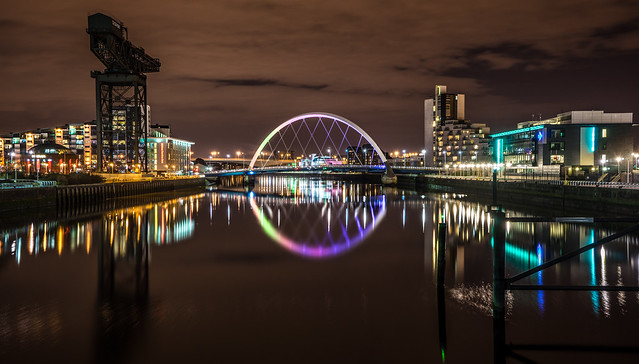

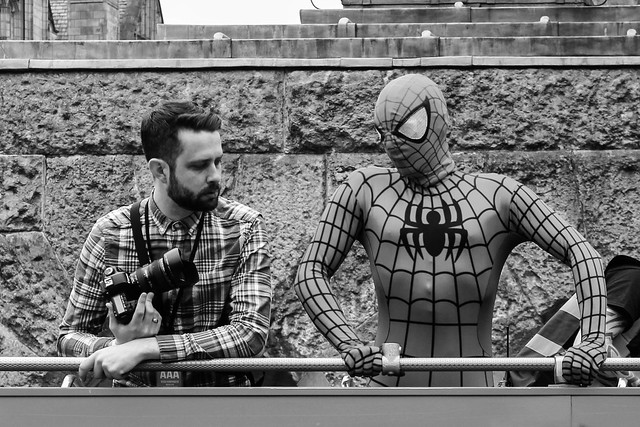
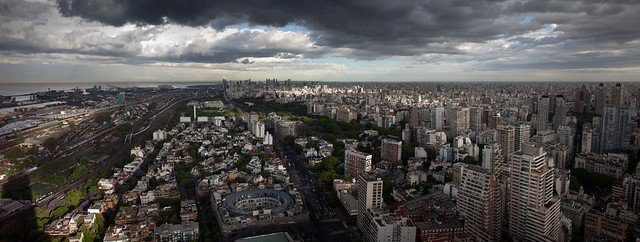


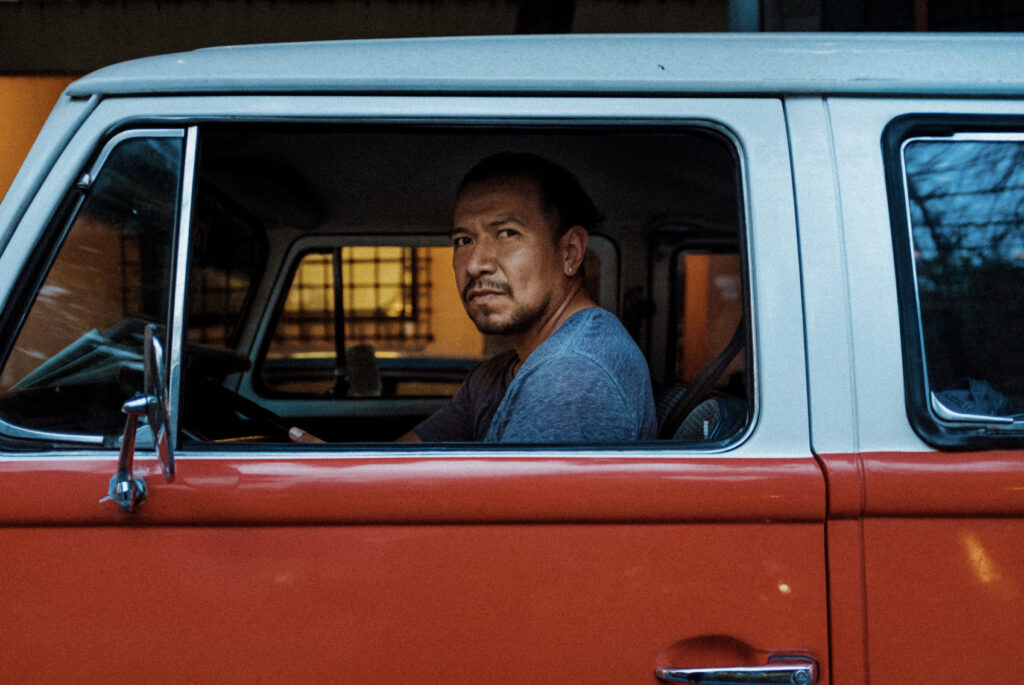
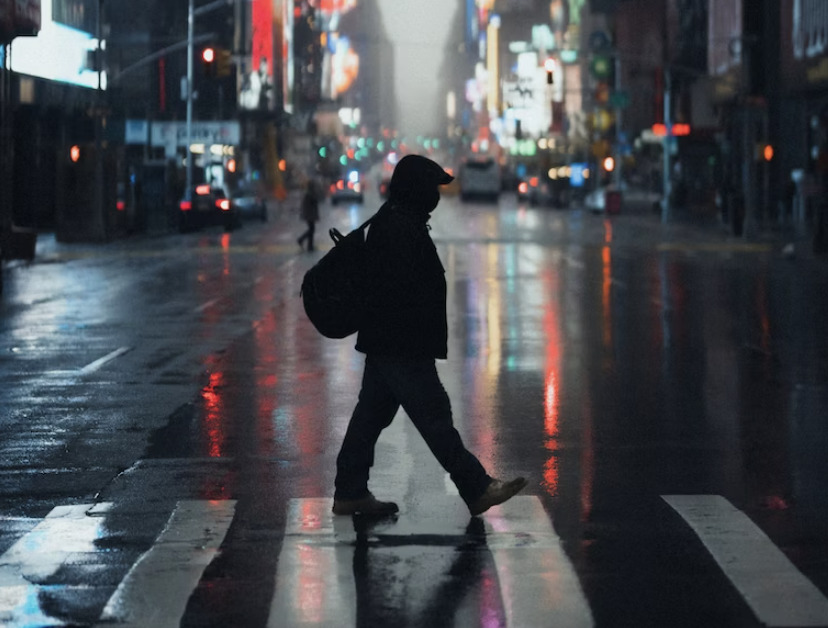
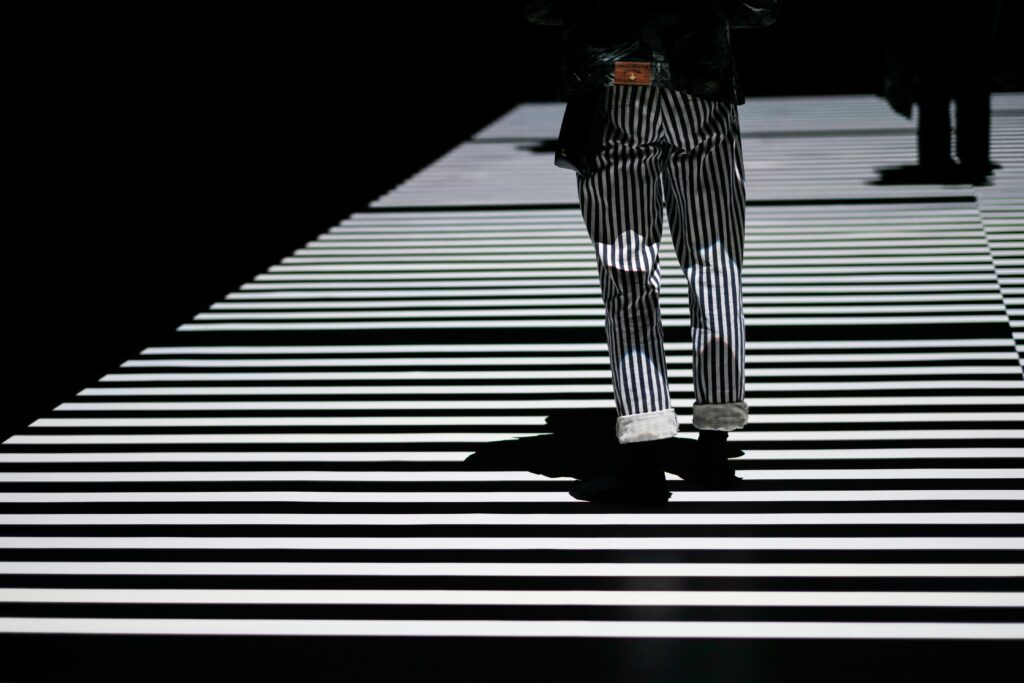
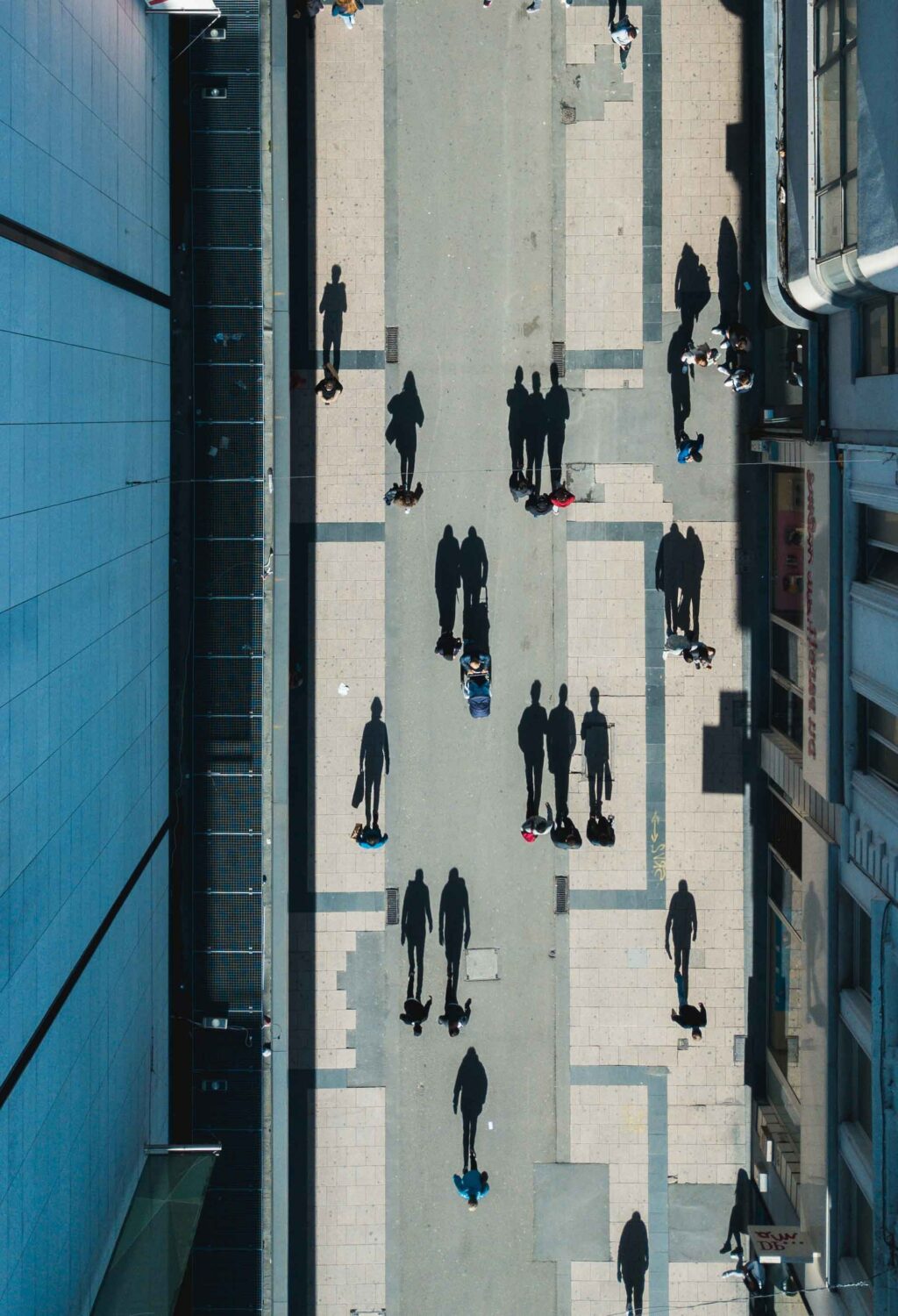
2 Comments
I find these tips useful but I need to put them into use everyday
Great suggestions. Learning new thoughts and looking at things is always good.